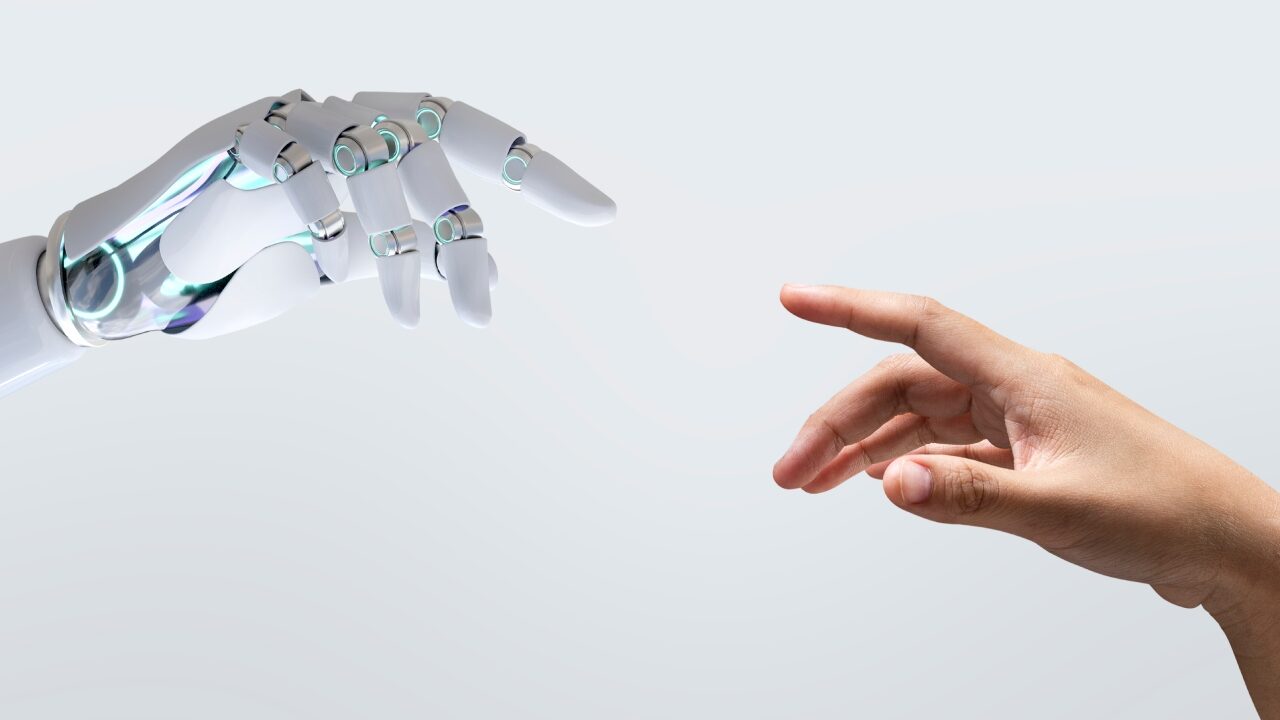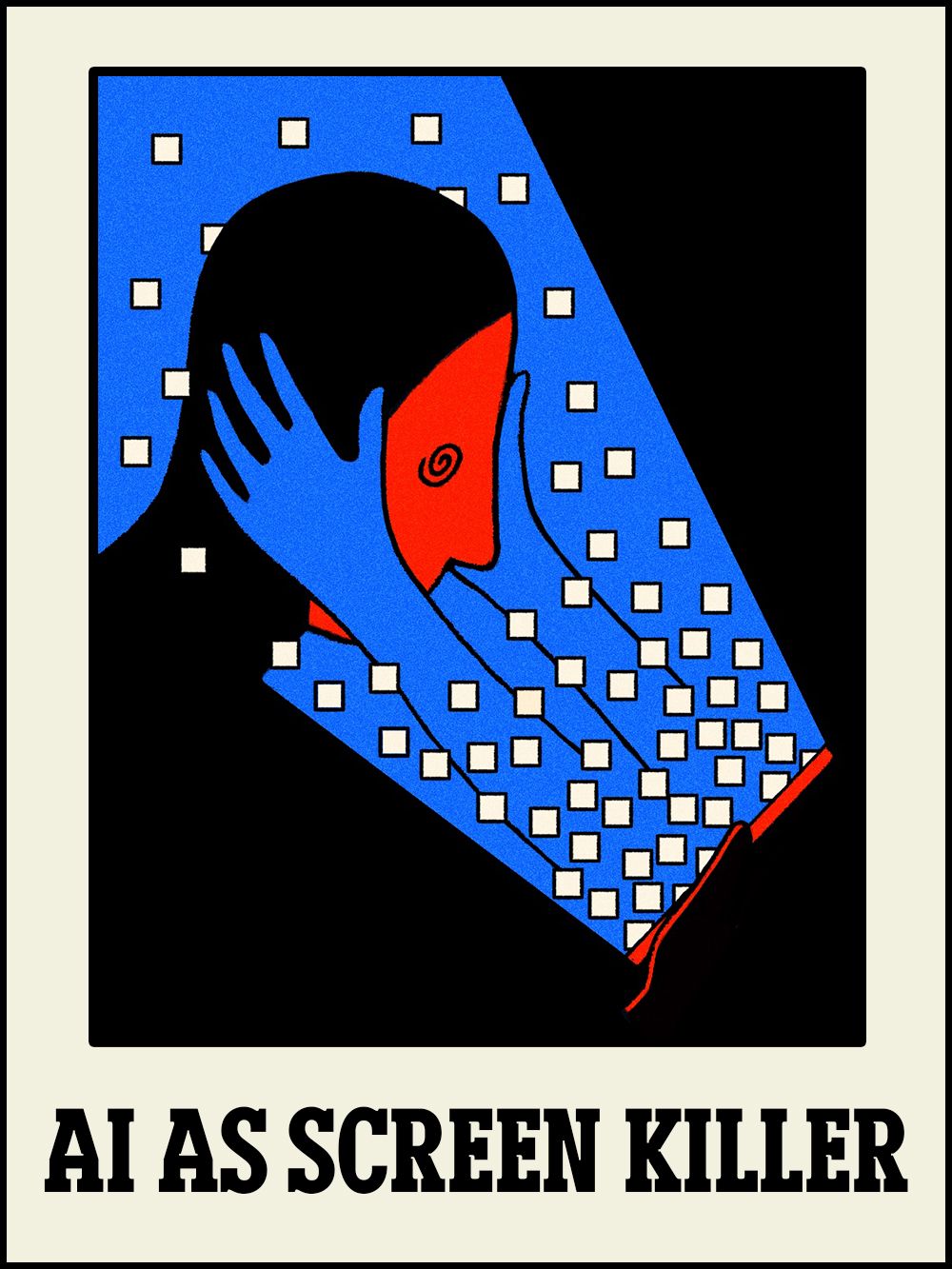


At one point, storytelling was rooted in the realm of brush strokes and film reels. Nowadays, algorithms share the creative landscape equally. The role of artificial intelligence has gradually shifted from back-end assistance to front-end artistic expression. It enhances the visuals of films and photographs – even crafting realms that never were.
Across movie sets and digital studios, AI acts not as a shortcut but as a creative collaborator. It has the ability to fill in empty pixels, generate faces from rough sketches, and produce effects that previously needed large teams. It paves the way for a new genre of visual narratives, created more swiftly, yet often just as impactful.
## How AI Influences Contemporary Creativity
Groundbreaking technology has always progressed alongside human creativity. From Photoshop to 3D design, artists have long depended on software to manifest their ideas. However, with artificial intelligence comes an additional factor to creativity. It learns from countless examples, identifying patterns in style, emotion, and movement. It doesn’t just follow directives; it anticipates what might resonate emotionally.
In any artistic field, this technology is reshaping the limits of what’s possible. Photographers, illustrators, and digital creators now delve into identity, transformation, and emotion in ways that were once beyond imagination. The emergence of [face swap AI](https://icons8.com/swapper) illustrates how algorithms can creatively merge human expressions to craft entirely new aesthetic images, sometimes art, sometimes to challenge the concept of authenticity.
### Areas Where AI Makes a Significant Creative Difference
This trend isn’t about substituting human creativity – it’s about expanding it. With a mindful approach, AI should serve as a creative ally rather than a substitute, a tool that perceives challenges differently and encourages artists to step beyond their usual boundaries. Today, AI tools support creators across various fields:
– **Photography:** Refining lighting, tone, and composition with nuanced precision.
– **Digital artistry:** Providing color schemes and stylistic options in mere seconds.
– **Marketing:** Tailoring campaigns to align with cultural and emotional contexts.
– **Film pre-production:** Producing quick concept art and storyboards for mood setting and framing.
The more artists explore, the clearer it becomes: AI isn’t diminishing creativity – it’s introducing a new lexicon.
## Filmmaking Transformed: When Algorithms Become Part of the Team
From the inception of digital cameras to the latest virtual productions, filmmaking has continually welcomed innovation. Yet artificial intelligence takes this further into the creative sphere. Filmmakers can visualize entire scenes with AI assistance. It can analyze light movement across an actor’s face or predict crowd behavior in conflict scenes. Algorithms employed in post-production are used to remedy flawed footage or synchronize dialogue. Even deepfake technology, while controversial, has found legitimate artistic use in documentaries to restore lost history; in dramas, to depict natural aging of characters. In skilled hands, AI doesn’t distort reality – it enhances the authenticity of cinema.
## AI in Gaming and Virtual Worlds
The gaming sector has transformed into a haven for AI-driven narratives. Beyond procedural level generation, AI now crafts characters that emotionally respond to player decisions. Their eyes blink realistically, their facial expressions register tension, and their voices adapt to emotional shifts.
Game studios are employing AI tools to quickly prototype environments in days, not months. Artists can experiment with visual concepts without needing to painstakingly create every element. In indie gaming communities, this leads to greater experimentation – games that feel intimate, hand-drawn, and vibrant.
At its finest, AI doesn’t diminish creativity; it multiplies it. It empowers smaller teams to achieve cinematic levels and provides players with narratives that offer endless replayability.
## The Ethics of Artificial Creativity
AI-generated narratives have emerged as a creative entity in the gaming industry. Beyond generating procedural levels, AI is now creating characters that react emotionally to player choices. Their eyes display realism and their expressions or voices shift with emotions. Other applications of AI tools in game development facilitate the swift creation of simulated environments in days, unlike the lengthy processes of the past.
Artists no longer need to painstakingly detail every aspect to test their ideas before transforming them into artworks. This leads to a broader range of experimentation in indie spheres – games that are personal, hand-crafted, and lifelike. At its pinnacle, AI doesn’t undermine creativity – it enhances it. It allows smaller teams to create at a cinematic scale and provides players with stories that feel perpetually fresh.
### Questions We Cannot Overlook
The most urgent issues include:
– **Authenticity:** How much human influence defines a “genuine” artwork?
– **Ownership:** Who holds the rights to an AI-generated image?
– **Representation:** Can algorithms inadvertently replicate bias or exclusion?
– **Transparency:** Should creators reveal when AI contributes to their work?
Ultimately, these inquiries aim to steer progress rather than hinder it. Ethics in digital creation have continually evolved with technology – from photography to
No Comments
To comment you need to be logged in!